Top Things to Know Before Buying a Garden Gym Shed
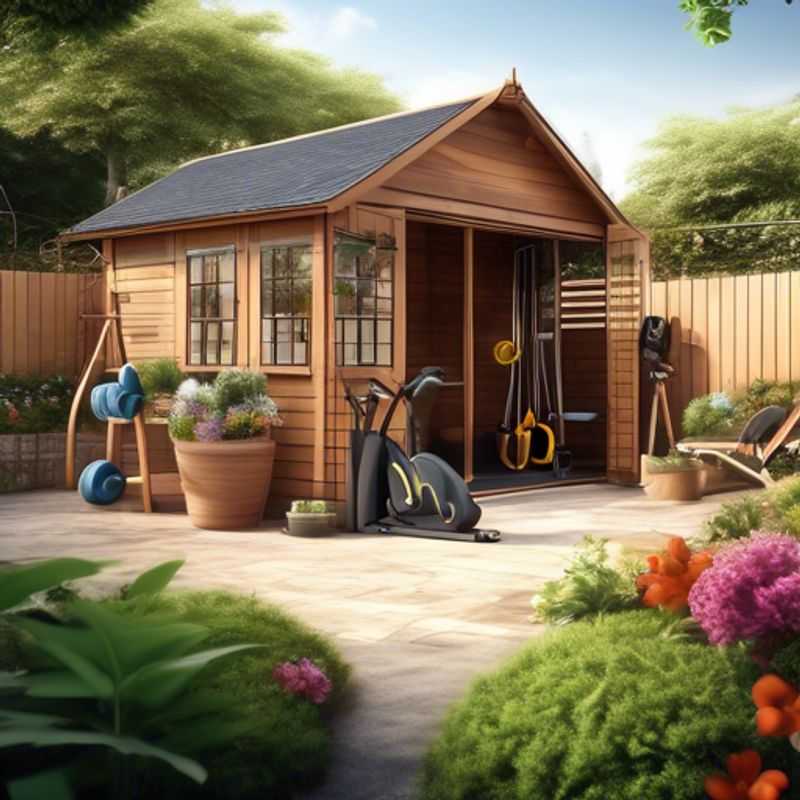
The 7 Essential Considerations Before Buying Your Garden Gym Shed: A Guide to Informed Decisions
Building a garden gym? A dedicated shed is the perfect solution to create your own private workout space. But before you dive into the exciting world of gym sheds, there are a few key things to consider. Let's break down the essential factors to ensure your investment is both practical and enjoyable.
Consider the size and layout of your garden. You need to choose a shed that fits comfortably without encroaching on other areas. Measure your available space carefully and plan the shed's placement to ensure convenient access and good natural light. Think about your workout equipment and how much space you'll need for each piece.
Evaluate the materials used in the shed's construction. Durability and weather resistance are crucial, especially if your shed will be exposed to the elements. Look for sheds made from high-quality materials such as treated timber, metal, or durable plastic.
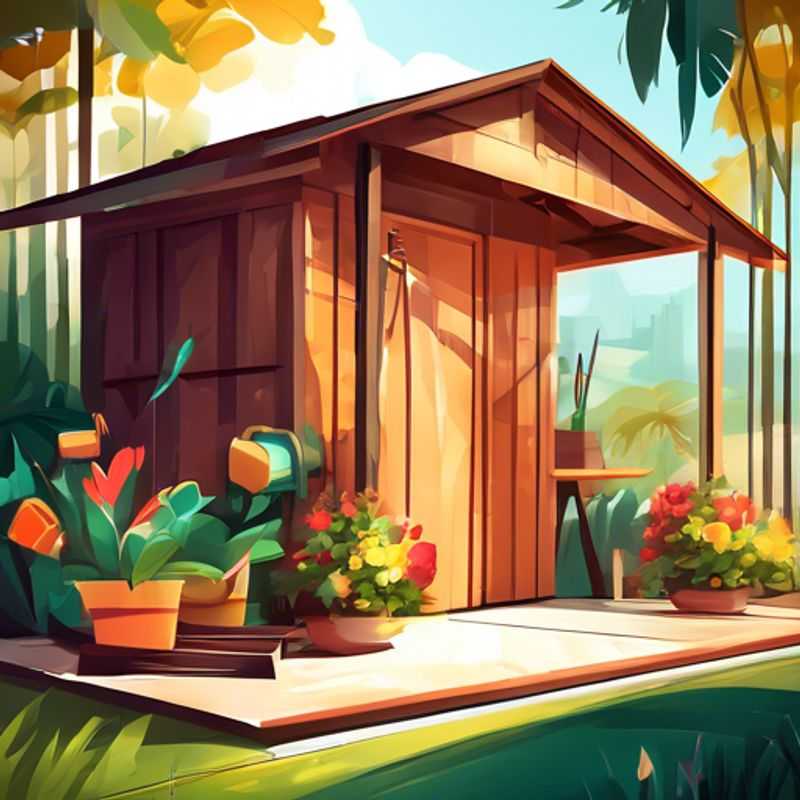
Sizing Up Your Shed: Choosing the Right Dimensions for Your Garden
Choosing the right shed dimensions is crucial for maximizing its functionality and ensuring it fits seamlessly within your garden. Consider the size and layout of your garden to determine the appropriate shed dimensions. A larger shed might seem appealing, but it could overwhelm a small garden, while a small shed might be too cramped for your needs in a spacious garden.
Assess your storage needs before deciding on the shed's dimensions. Consider the items you intend to store, their size, and the frequency of access. Measure the items you plan to store to estimate the required space. If you're unsure, it's best to err on the side of a larger shed to accommodate potential future needs.
Plan for easy access to your shed. Ensure there's enough space around the shed for comfortable entry and exit, especially if you're planning to store larger items. Consider the direction of the door and its opening to maximize ease of access.
Think about the overall aesthetic of your garden. While functionality is crucial, the shed's design should complement the overall look of your garden. Choose a shed that harmonizes with your garden's style and adds to its visual appeal.
Factor in additional expenses like delivery fees, installation costs, and potentially, permits. These costs can vary significantly based on your location, the shed's size and materials, and the complexity of installation.
Remember, the ideal shed size is the one that perfectly balances your storage needs, garden space, and budget.
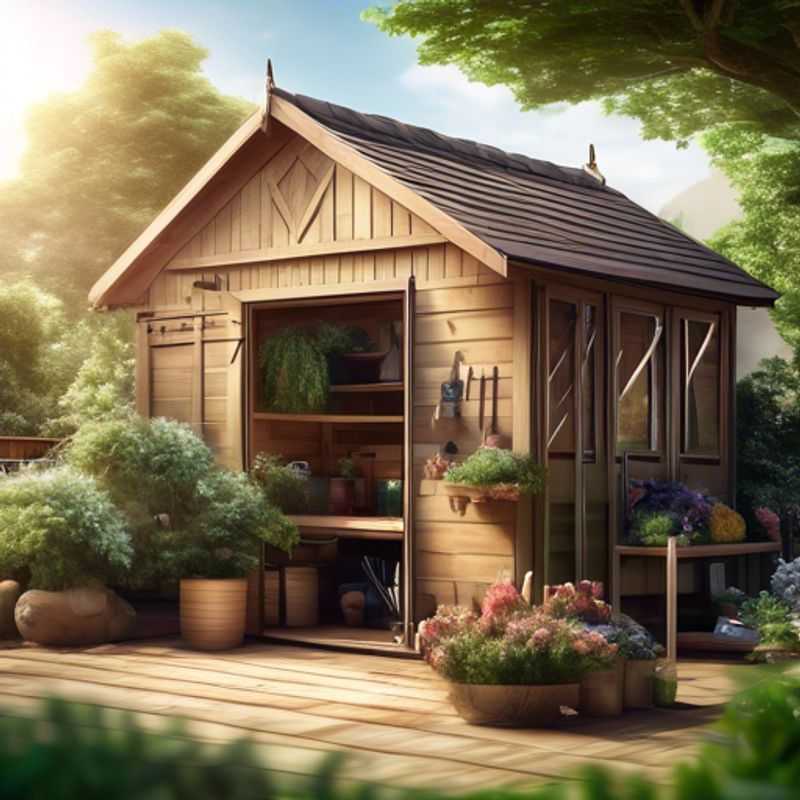
Building a Lasting Legacy: Evaluating Shed Materials for Durability and Weather Resistance
Choosing the right materials for your shed construction is crucial for ensuring its longevity and resilience against the elements. The key factors to consider are durability and weather resistance.
Durability refers to the material's ability to withstand wear and tear over time. Wood is a popular choice for sheds, but it requires regular maintenance, including painting or staining, to prevent rot and insect damage. Metal sheds offer superior durability, requiring less maintenance, but they can be susceptible to rust and dents.
Weather resistance is crucial to protect your belongings inside the shed. Wood sheds are susceptible to moisture damage if not treated properly. Metal sheds, particularly those with galvanized steel or aluminum, are more resistant to moisture and weather extremes.
Consider your climate when choosing materials. In areas with high humidity or frequent rainfall, a metal shed may be a better choice. In drier climates, a well-maintained wooden shed can be just as durable.
Investing in high-quality materials will pay off in the long run. A shed constructed with durable, weather-resistant materials will last longer, require less maintenance, and provide greater peace of mind.
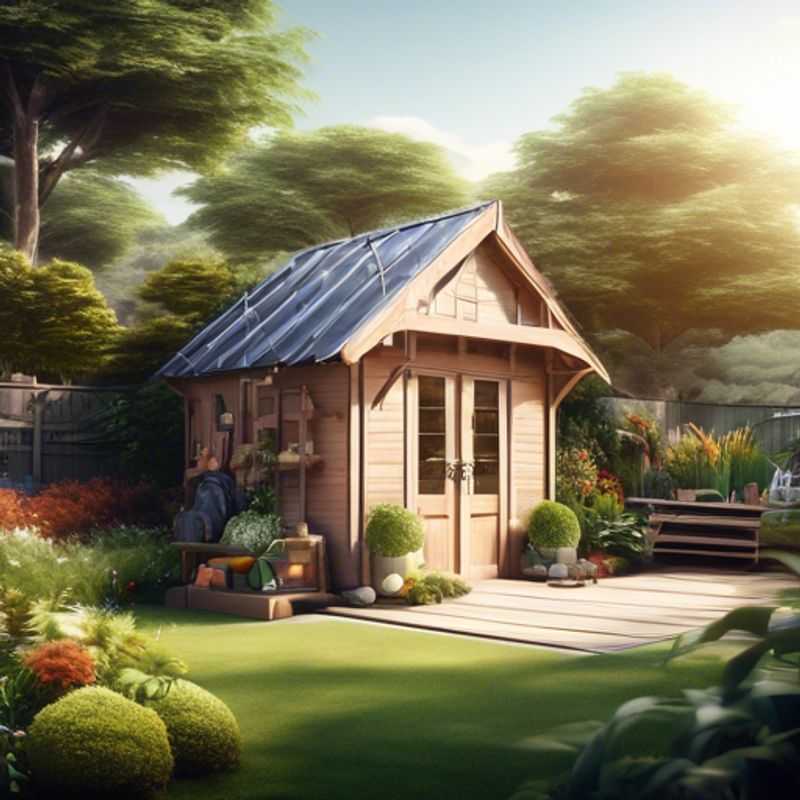
Shedding Light on Weight: How to Ensure Your Shed Can Handle the Load
Before you purchase or build a shed, carefully consider its weight capacity. This crucial aspect determines what you can safely store inside. A shed's capacity is influenced by its size, materials, and construction method.
To ensure a shed's suitability for your needs, consult the manufacturer's specifications or contact a professional structural engineer. These resources will provide detailed information about the shed's weight limitations.
If you plan to store heavy items like a motorcycle, snowmobile, or equipment, opt for a shed built with robust materials and a strong foundation. Consider a concrete foundation for added durability and weight distribution.
If you are unsure about the shed's weight capacity, it's always best to err on the side of caution. Overloading a shed can lead to structural damage, instability, and potential safety hazards.
Remember to factor in the weight of any shelves, tools, or other items you intend to place inside the shed. Proper planning ensures a safe and functional shed that serves your needs for years to come.

Maximize Your Shed's Potential: Essential Features for Storage Optimization
Maximizing your shed's storage potential is all about smart design and functionality. Look for sheds with features like windows, shelves, or hooks. Windows provide natural light, making it easier to find what you need. Shelves offer organized storage for various items, while hooks are perfect for hanging tools, bikes, or gardening equipment.
When choosing a shed, consider the size and layout that best suits your needs. A well-designed shed can significantly enhance storage efficiency and organization. Remember, the right features can make a world of difference in how you use and enjoy your shed.
Beyond the initial purchase, you might consider additional investments like installing shelves, adding hooks, or even purchasing a small workbench for a more functional workspace. These additions can make your shed more versatile and useful for a variety of purposes.
It's important to factor in the cost of any extra features when planning your shed purchase. Research prices for shelves, hooks, and other storage solutions to ensure you stay within your budget. A little planning and investment can go a long way in making your shed a truly valuable asset.
With a well-designed shed, you can create a dedicated space for your belongings, making it easier to keep your home organized and clutter-free.
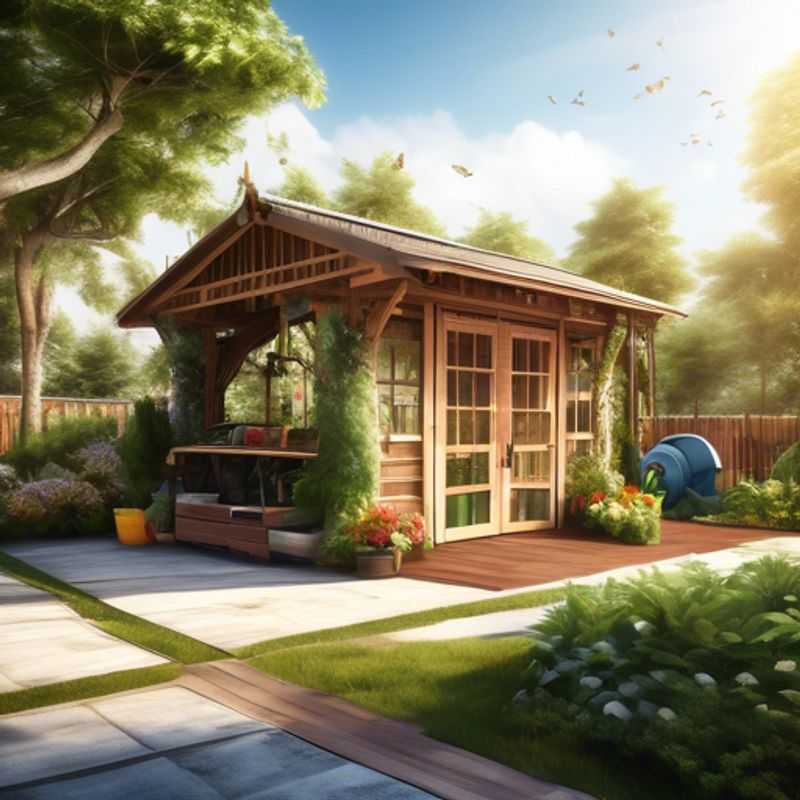
Pre-Assembly Prep: Tools and Techniques for a Smooth Installation
Before embarking on any assembly project, it's crucial to have a clear understanding of the assembly process. This involves meticulously studying the provided instructions, diagrams, and potentially even watching instructional videos. This step is crucial for success as it allows you to grasp the order of operations, identify necessary components, and anticipate any potential challenges.
In addition to the assembly process, you'll need to gather the appropriate tools. This often involves a combination of basic tools like screwdrivers, wrenches, and pliers, as well as specialized tools specific to the project. Carefully review the instructions or product specifications to ensure you have all the required tools before you start. A well-equipped toolkit can save you time and frustration during the assembly process.
While most assembly projects can be handled with a minimal investment in tools, some may require specific tools that are not readily available. In these cases, you might need to consider renting specialized tools, which may involve additional costs. It's important to factor in the cost of any tool rentals when planning your assembly project.
For those who are unfamiliar with assembly, seeking professional assistance is a viable option. This could involve hiring a contractor or handyman to complete the assembly for you. While this option comes with an associated cost, it can be a worthwhile investment for those who value convenience or lack the necessary skills or experience. The cost of professional assembly will vary depending on the complexity of the project and the local rates in your area.
In conclusion, thoroughly reviewing the assembly process and gathering the required tools are key to a successful and enjoyable project. By taking the time to prepare, you can minimize potential frustrations and maximize your chances of a smooth and efficient assembly experience. Remember, a well-planned project is a successful project!
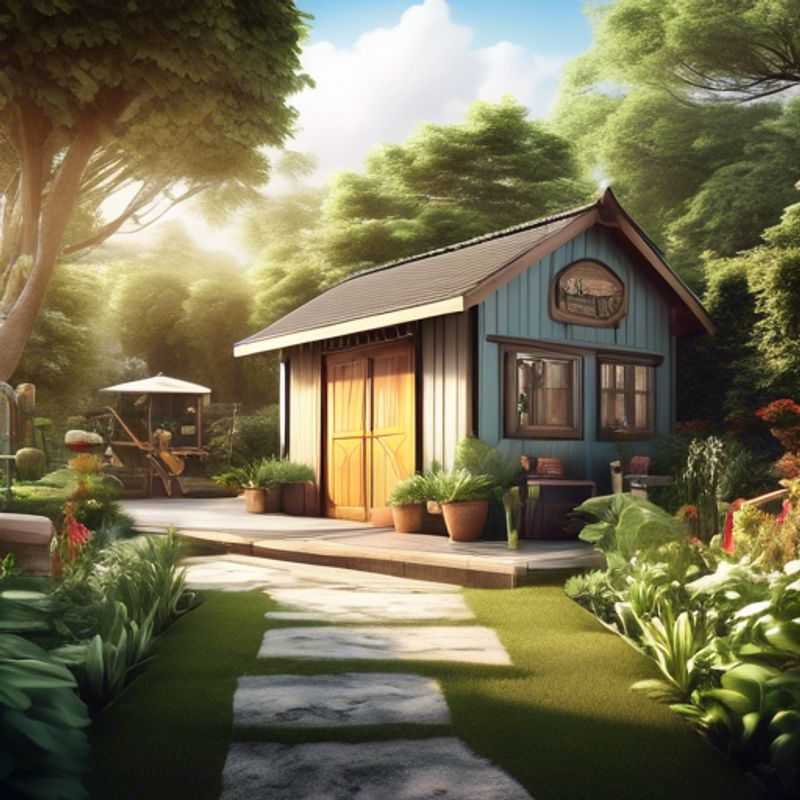
Beyond the Structure: Researching Warranty and Customer Support for Your Shed
Before investing in a shed, it's crucial to understand the warranty and customer support offered by the manufacturer. A strong warranty demonstrates the manufacturer's confidence in their product and provides peace of mind.
Investigate the warranty details: What does it cover? For how long? Are there any exclusions?
Customer support is equally important. How can you reach them? What are their response times? Do they offer installation support or troubleshooting assistance?
Understanding these factors can save you headaches down the road. Don't hesitate to contact the manufacturer directly with any questions you have.
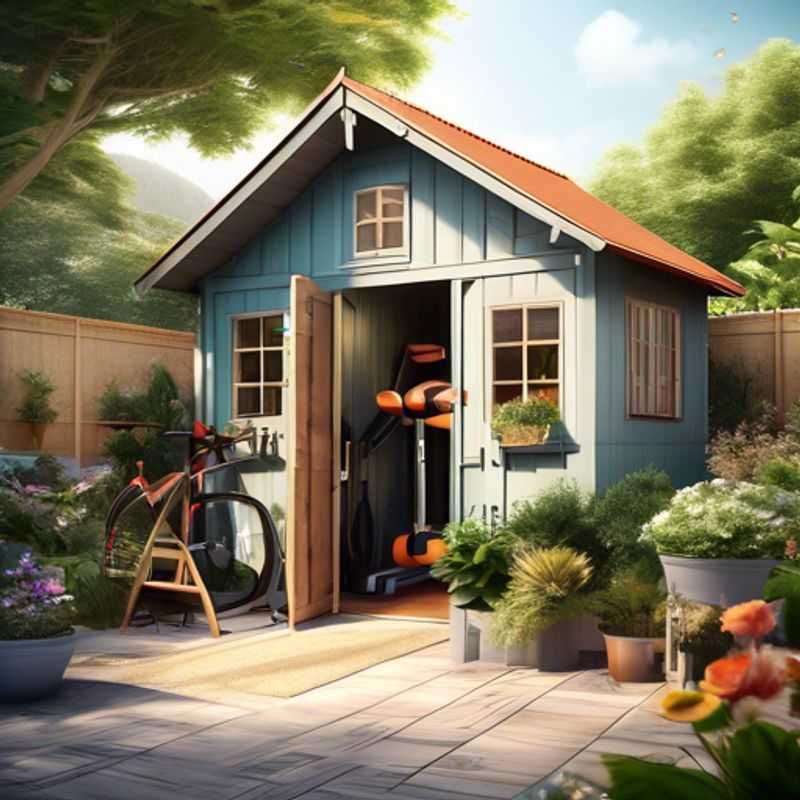
Measure Your Garden: How to Ensure Your Shed Fits Perfectly
Before you even think about ordering a shed, get out your measuring tape and head to your garden. You'll need to know the exact dimensions of the space where you plan to put your shed. Measure the width and depth of the area, making sure to account for any obstacles like trees or fences.
Think about access: You'll need enough space for the shed delivery truck to get to your chosen spot. Also, consider how you'll move the shed into place once it's delivered – you might need a crane or heavy lifting equipment. This can incur an additional cost so be sure to factor that into your budget.
Consider the slope of your garden: A shed on a slope can create drainage issues. You might need to level the ground before you can install your shed, adding another expense.
Now, with your measurements in hand, check the dimensions of the shed you want to buy. Make sure you leave at least a foot of clearance around all sides of the shed. This will ensure that you have enough room to open doors and access the shed easily.
Once you've confirmed everything fits, you're ready to order your shed and start enjoying your new storage space.
